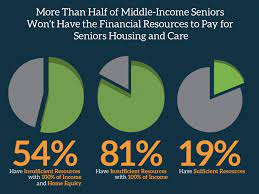Nuance Audio is a new option for people who resist traditional aids, from the company that makes Ray-Bans and operates LensCrafters.
Seekers of Meaning Podcast Posted Online March 7, 2025
What's Next Longevity Deal Talk Episode 32, January, 2025
Presentation: What's Next Longevity Venture Summit, June, 2025

 T
T

 Why AI will be an enabler for care work. Healthcare delivery is migrating away from the hospital. As care delivery and consumer expectations change, the traditional fee-for-service model has already morphed into the new era of
Why AI will be an enabler for care work. Healthcare delivery is migrating away from the hospital. As care delivery and consumer expectations change, the traditional fee-for-service model has already morphed into the new era of